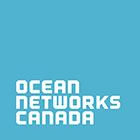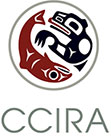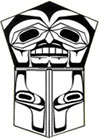Exploration
Explored diverse marine ecosystems that connect to the shores of Nova Scotia, Quebec, Prince Edward Island and New Brunswick, visually documenting the larger ocean ecosystem – from the surface to the seafloor.
Science
Used a remotely operated vehicle to collect scientific information, including sediment and specimen samples, and captured high-definition images and video in the Laurentian Channel, American Bank and Cape Breton Trough.
Campaigning
The scientific information that was collected has been used to inform the protection of habitat essential for fish populations, such as redfish, as well as areas essential to the overall health of our oceans.
On August 23, 2017, the expedition team spent a week exploring four ecologically and biologically important areas: the Laurentian Channel South and North, the American Bank and the Cape Breton Trough.
Protecting marine habitat on all three of Canada’s Coasts
See how Oceana Canada is helping to protect the ocean.
Join Oceana Canada
Stay up-to-date on the latest expedition highlights by joining us as a Wavemaker.
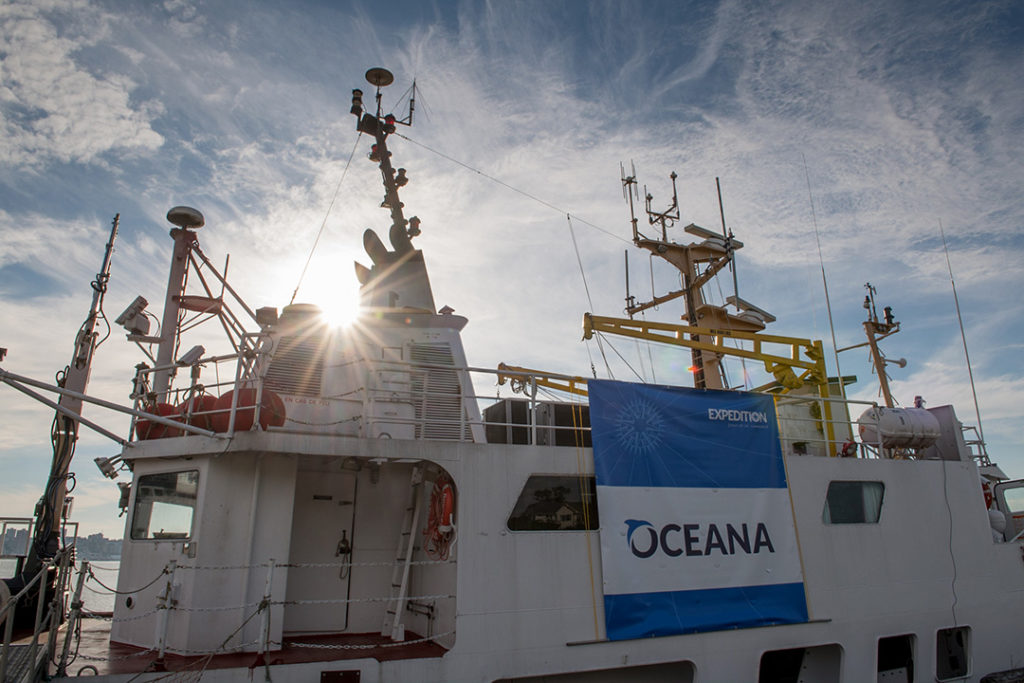
Photo credit: Oceana Canada/Neil Ever Osborne
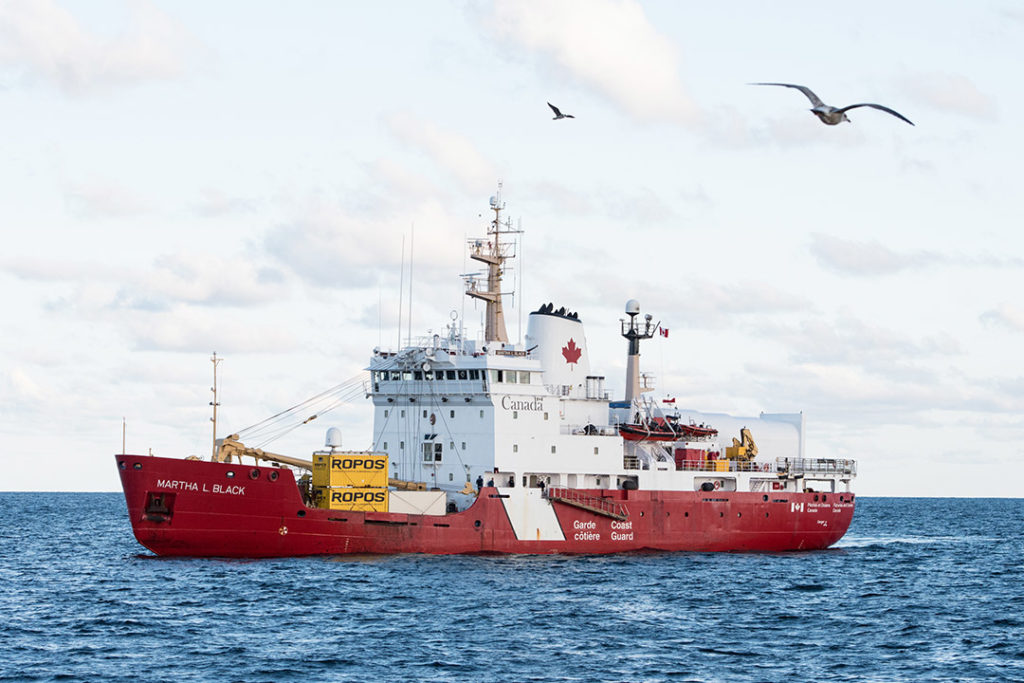
Photo credit: Oceana Canada/Neil Ever Osborne
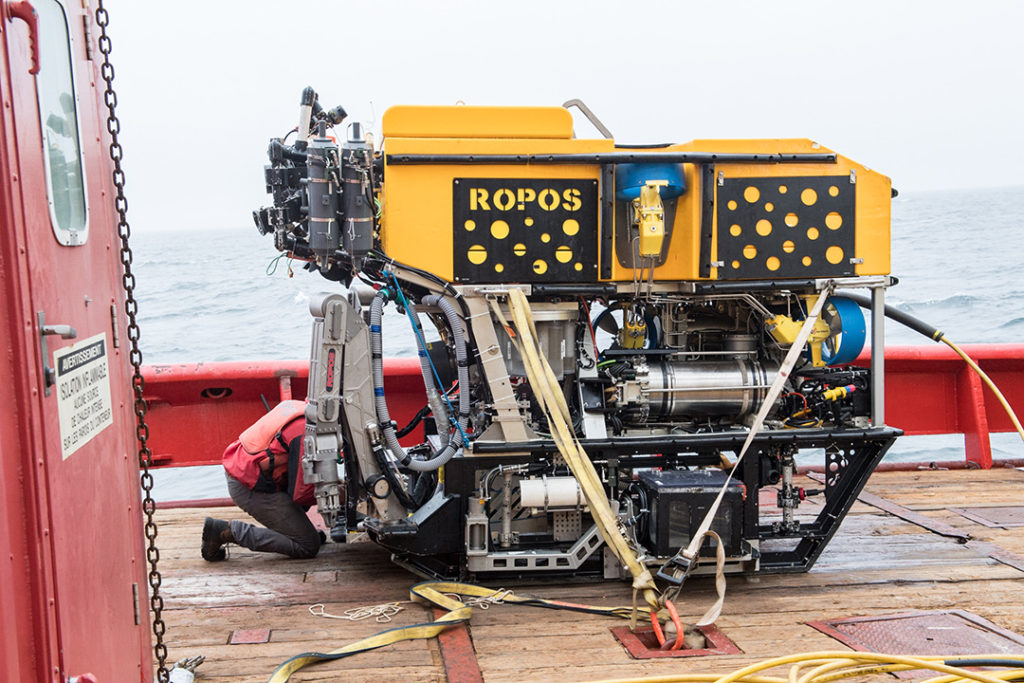
Photo credit: Oceana Canada/Neil Ever Osborne
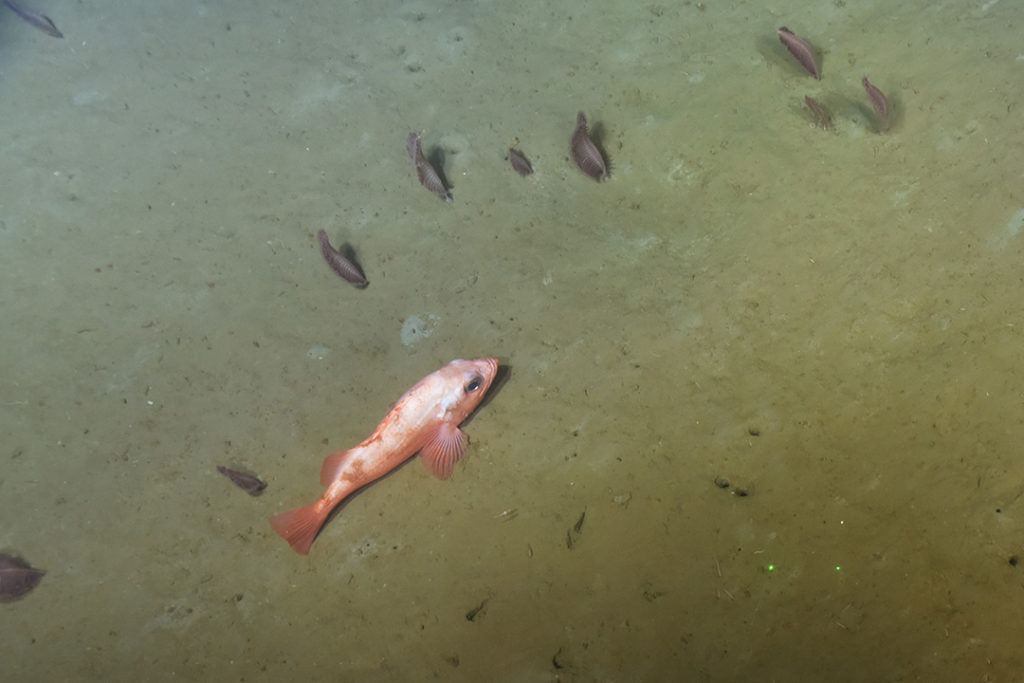
Photo credit: Canadian Scientific Submersible Facility/ROPOS, Oceana Canada and Fisheries and Oceans Canada
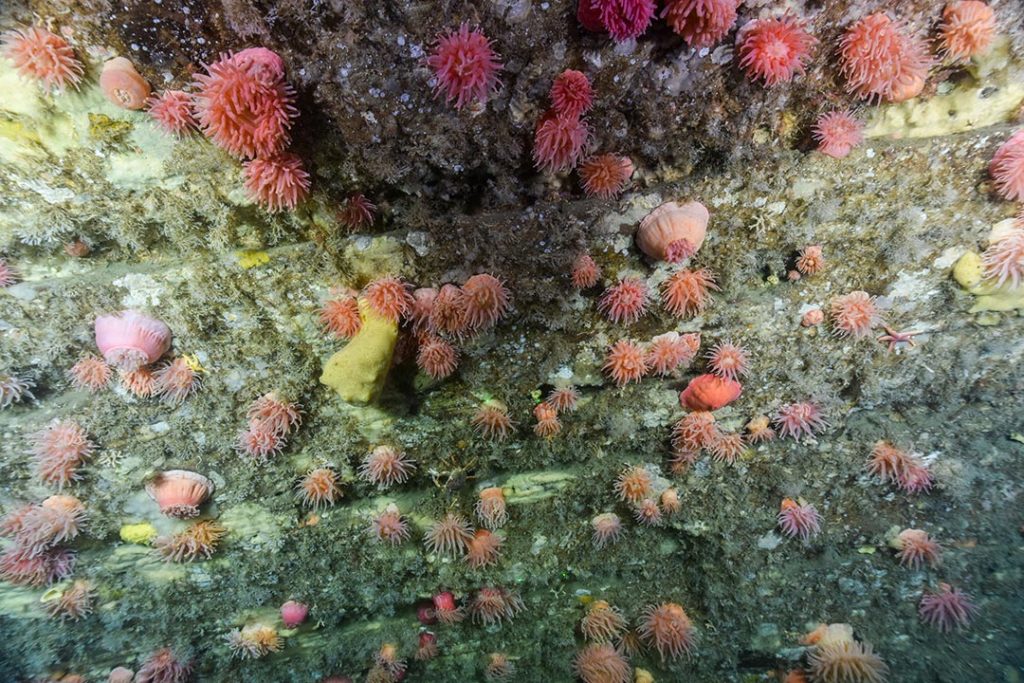
Photo credit: Canadian Scientific Submersible Facility/ROPOS, Oceana Canada and Fisheries and Oceans Canada
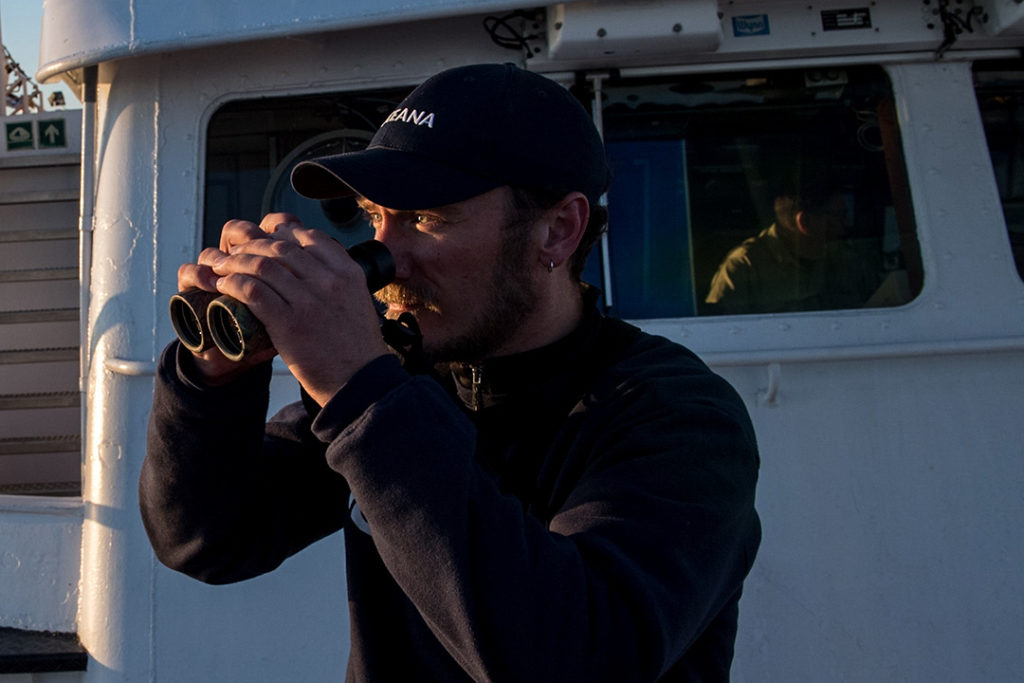
Photo credit: Oceana Canada/Neil Ever Osborne
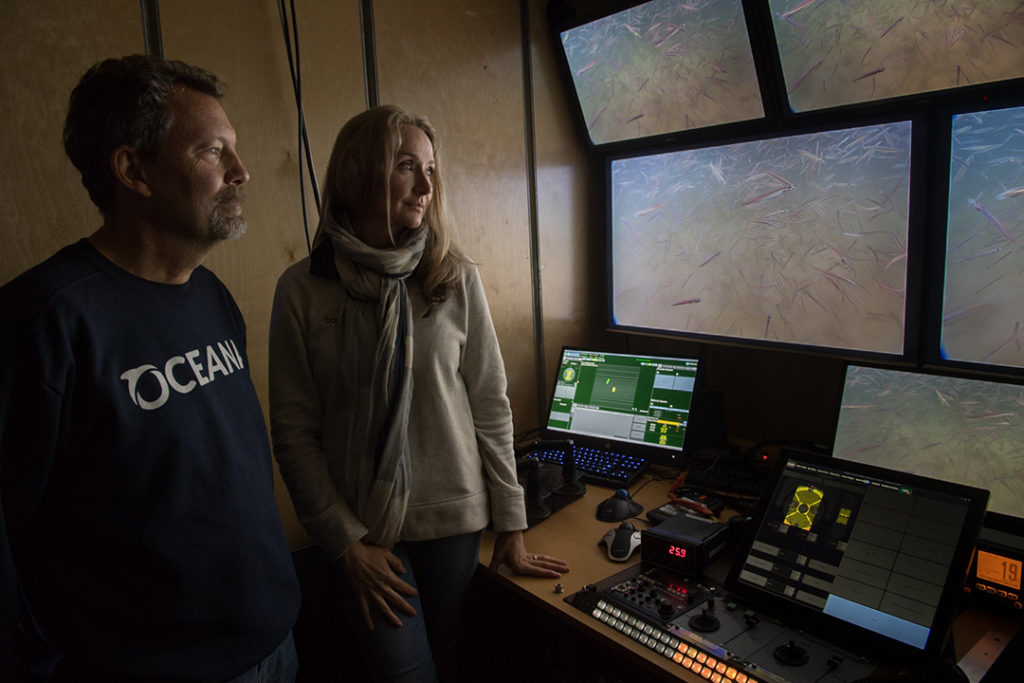
Photo credit: Oceana Canada/Neil Ever Osborne
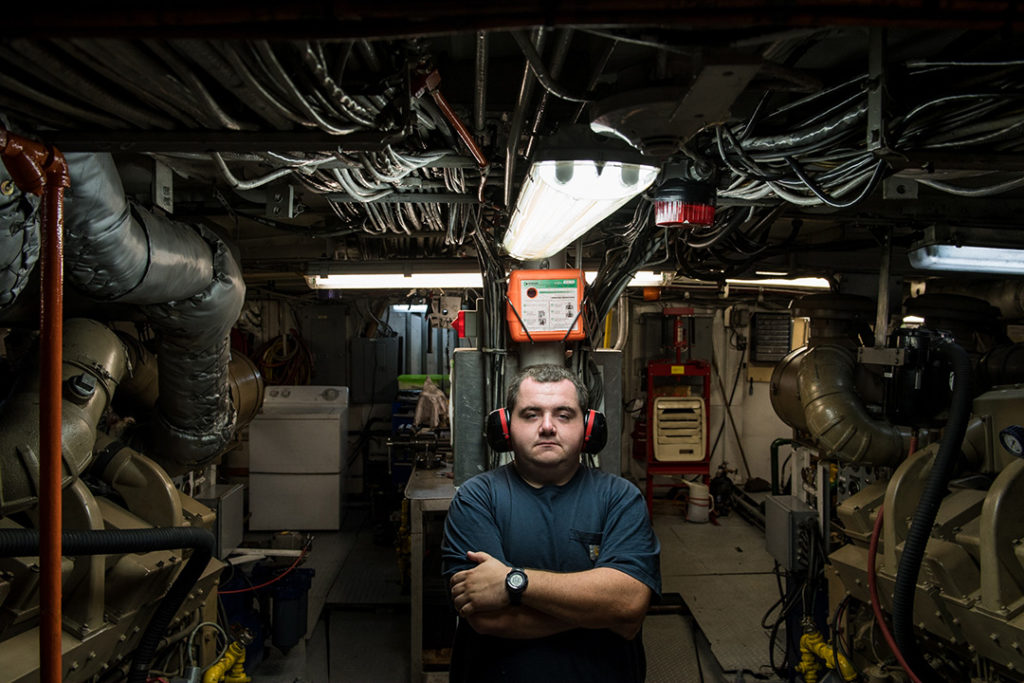
Photo credit: Oceana Canada/Neil Ever Osborne
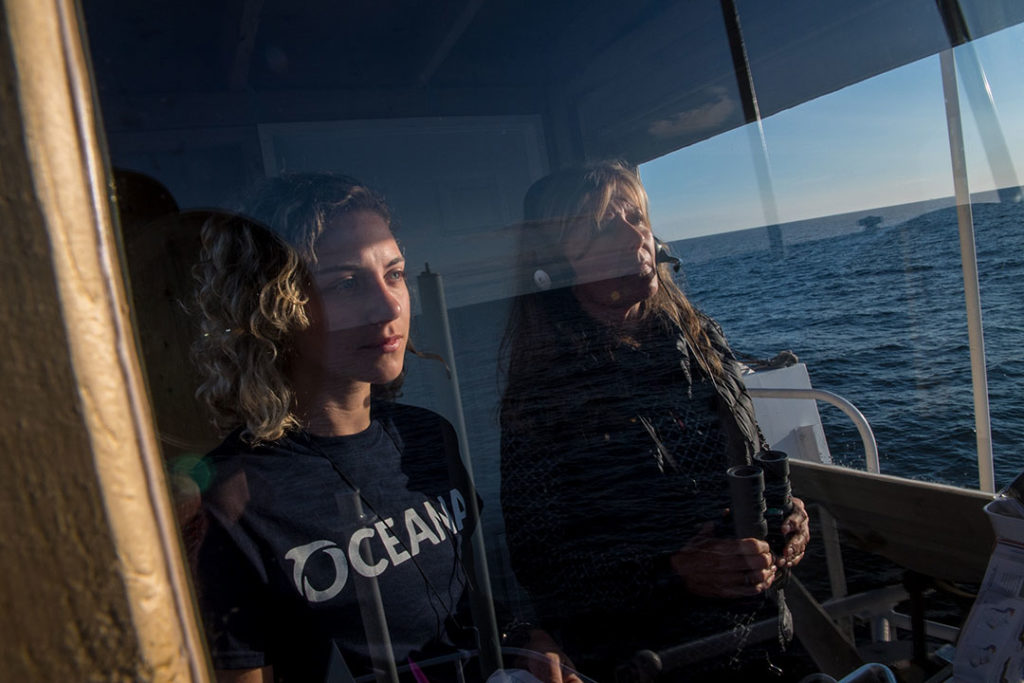
Photo credit: Oceana Canada/Neil Ever Osborne
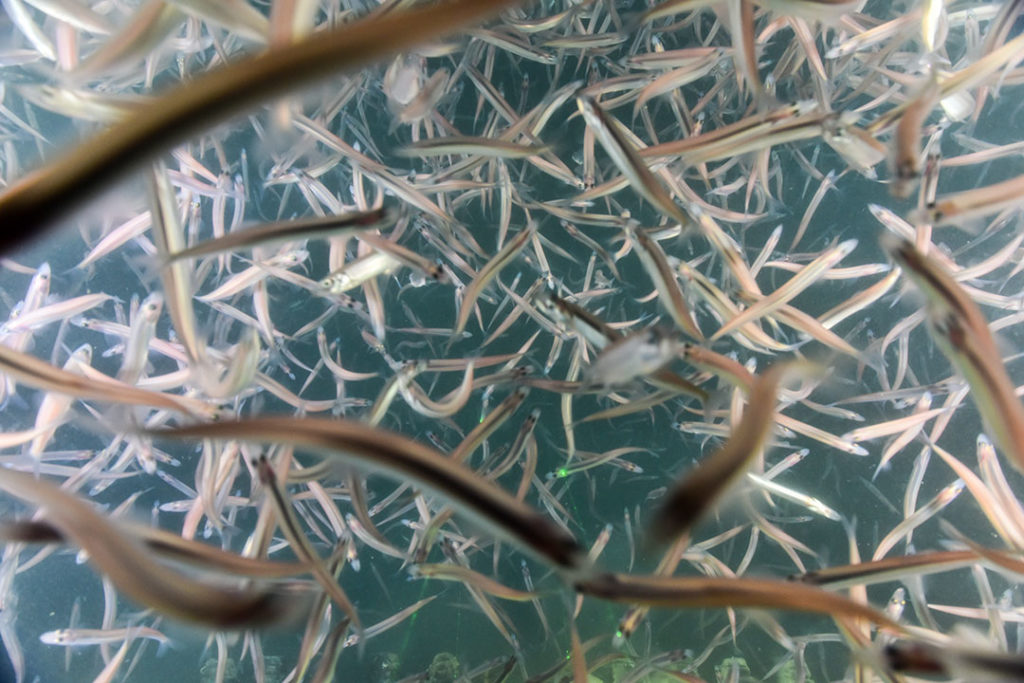
Photo credit: Canadian Scientific Submersible Facility/ROPOS, Oceana Canada and Fisheries and Oceans Canada
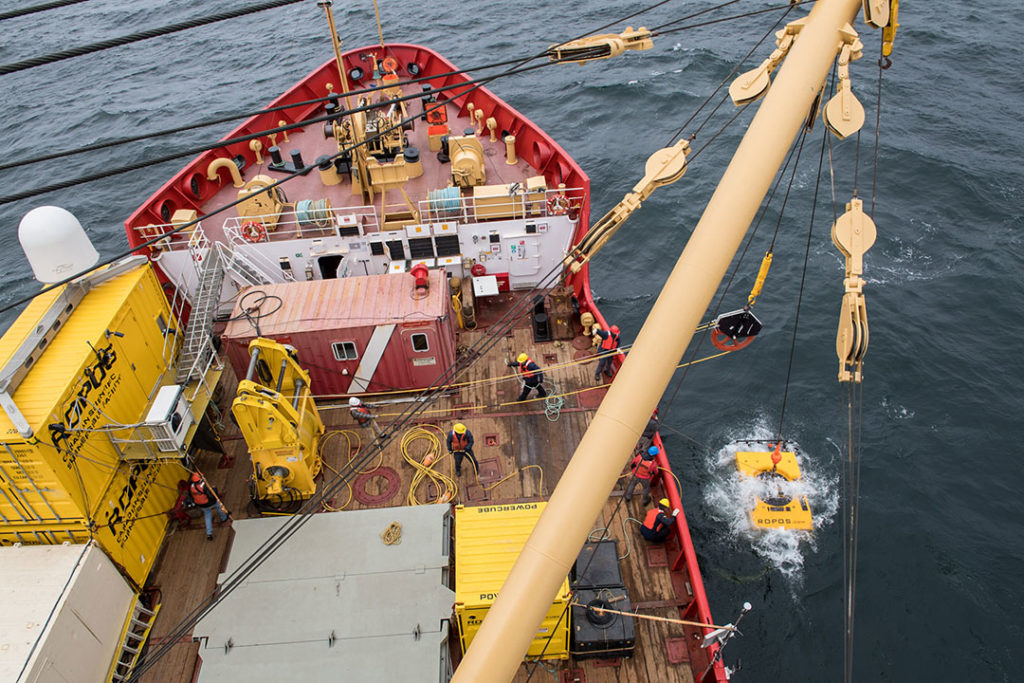
Photo credit: Oceana Canada/Neil Ever Osborne
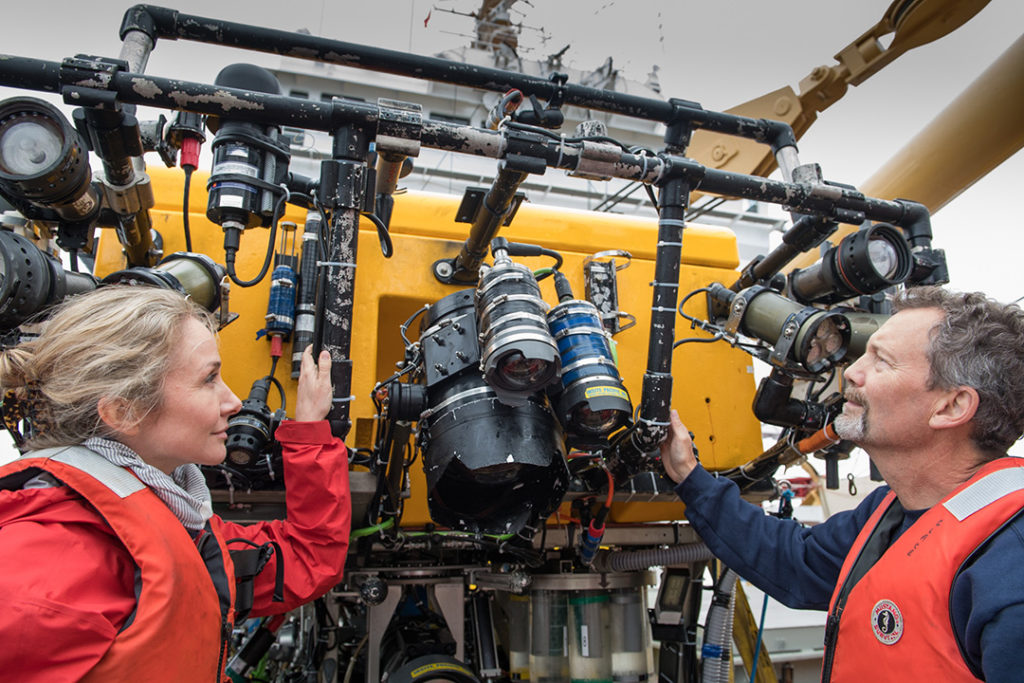
Photo credit: Oceana Canada/Neil Ever Osborne
Partners
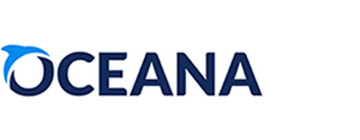
Oceana Canada
Oceana Canada was established as an independent charity in 2015 and is part of the largest international advocacy group dedicated solely to ocean conservation. Oceana Canada has successfully campaigned to end the shark fin trade, make rebuilding depleted fish populations the law, improve the way fisheries are managed and protect marine habitat. We work with civil society, academics, fishers, Indigenous Peoples and the federal government to return Canada’s formerly vibrant oceans to health and abundance. By restoring Canada’s oceans, we can strengthen our communities, reap greater economic and nutritional benefits and protect our future.
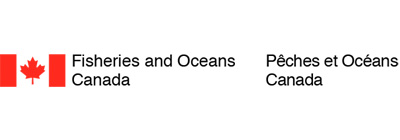
Fisheries and Oceans Canada
In Canada, the ability to observe, understand, and make informed decisions regarding the management of our marine ecosystems is largely dependent on the science and monitoring programs conducted by Fisheries and Oceans Canada (DFO) under its Science At-Sea Program.
Over 130 expeditions are conducted annually across Canada’s three oceans by DFO’s scientists on 14 Canadian Coast Guard vessels dedicated to science. DFO’s scientists regularly work with partners from other federal departments, academia, NGOs, international organizations and Indigenous communities to collect key information necessary for the sustainable management of Canada’s oceans and aquatic resources for the benefit of current and future generations.
Other Expeditions

Imappivut
In August 2019, Oceana Canada and the Nunatsiavut Government embarked on an expedition to explore the culturally and ecologically significant coastal habitats of Nunatsiavut in Northern Labrador.
LEARN MORE

Northeast Pacific Seamounts
In July 2018, Oceana Canada, the Haida Nation, Fisheries and Oceans Canada and Ocean Networks Canada embarked on an expedition to explore seamounts in the northeast Pacific Ocean off the coast of British Columbia.
LEARN MORE

Central Coast of British Columbia
In March 2018, Oceana Canada, Fisheries and Oceans Canada, the Heiltsuk and Kitasoo/Xai’Xais First Nations, Central Coast Indigenous Resource Alliance (CCIRA) and Ocean Networks Canada explored marine habitats in the Central Coast of British Columbia.
LEARN MORE




















